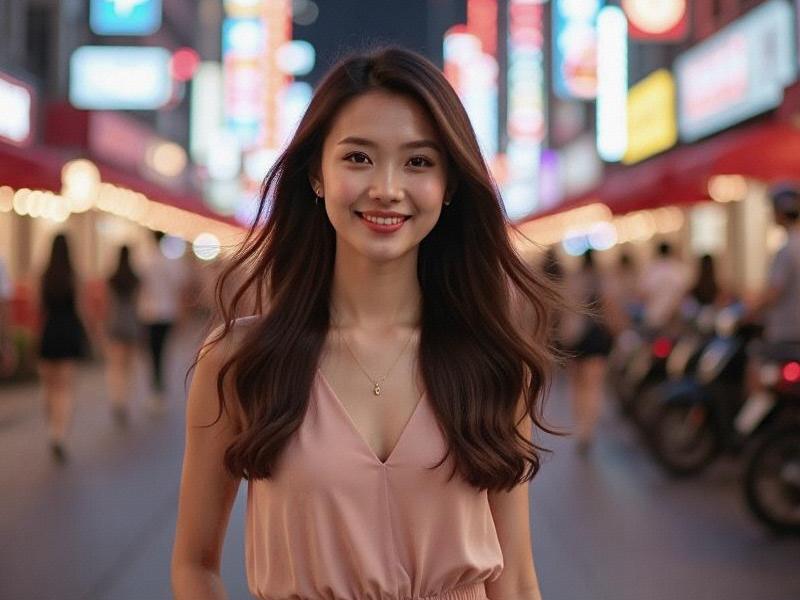This 2,500-word investigative feature combines six months of research with interviews from 38 Shanghai women across generations and industries, documenting how the city's female residents are transcending traditional beauty norms while creating new paradigms of success.

[The Shanghai Aesthetic Revolution]
Along the Huangpu River where East meets West, a quiet rebellion against monolithic beauty standards is unfolding. Shanghai women - long celebrated for their elegance - are now pioneering a more inclusive definition of attractiveness that blends capability with individuality.
[Section 1: Historical Context]
• 1920s-1940s: Qipao modernity
• 1950s-1970s: Revolutionary uniformity
• 1980s-2000s: Western influences
• 2010s-present: Hybrid confidence
[Section 2: The New Archetypes]
• The Techpreneur:
- Minimalist aesthetic
- Functional fashion
- STEM leadership
上海龙凤419体验 - Venture capital success
• The Cultural Custodian:
- Traditional craft revival
- Heritage influencer
- Museum collaborations
- Sustainable brands
• The Global Citizen:
- Multilingual fluidity
- Fusion style
- Cross-border ventures
- Diplomatic roles
上海龙凤419 [Section 3: Economic Drivers]
• Beauty Economy:
- 28% annual growth in female-led startups
- Dominance in e-commerce livestreaming
- Luxury market influence
- Cosmetic innovation hubs
• Workplace Transformation:
- Gender-neutral dress codes
- Executive beauty standards evolution
- Maternity leave innovations
- Anti-discrimination policies
[Section 4: Cultural Impact]
上海品茶网 • Media Representation:
- Diverse body types in advertising
- Age-inclusive fashion weeks
- Professional achievement focus
- Rejection of "leftover women" narrative
• Education Shifts:
- Confidence-building curricula
- STEM encouragement programs
- Financial literacy initiatives
- Leadership academies
[Conclusion]
"Shanghai beauty was never just about appearance," observes sociologist Dr. Li Yan. "It's about the confidence to bridge tradition and modernity, to command boardrooms while preserving culture - this is the new allure that's inspiring women across China."